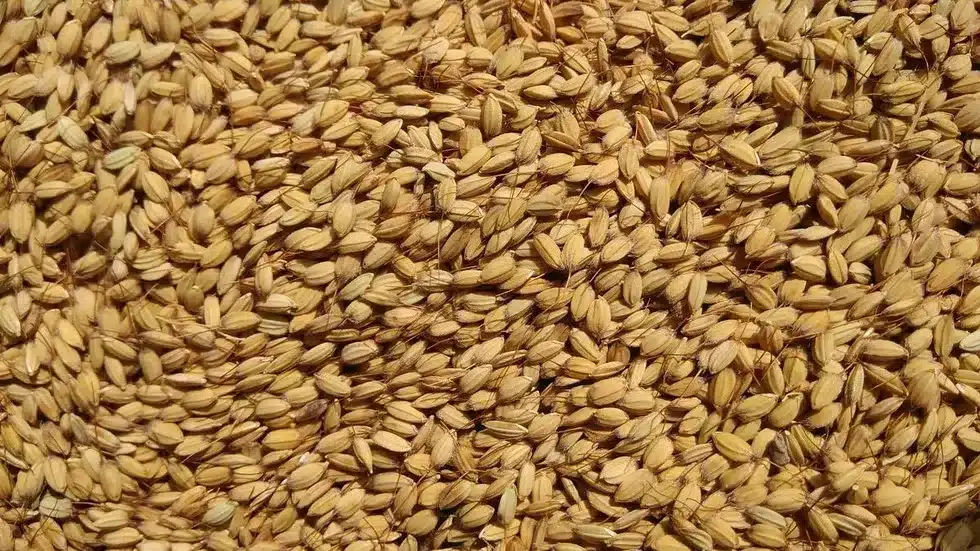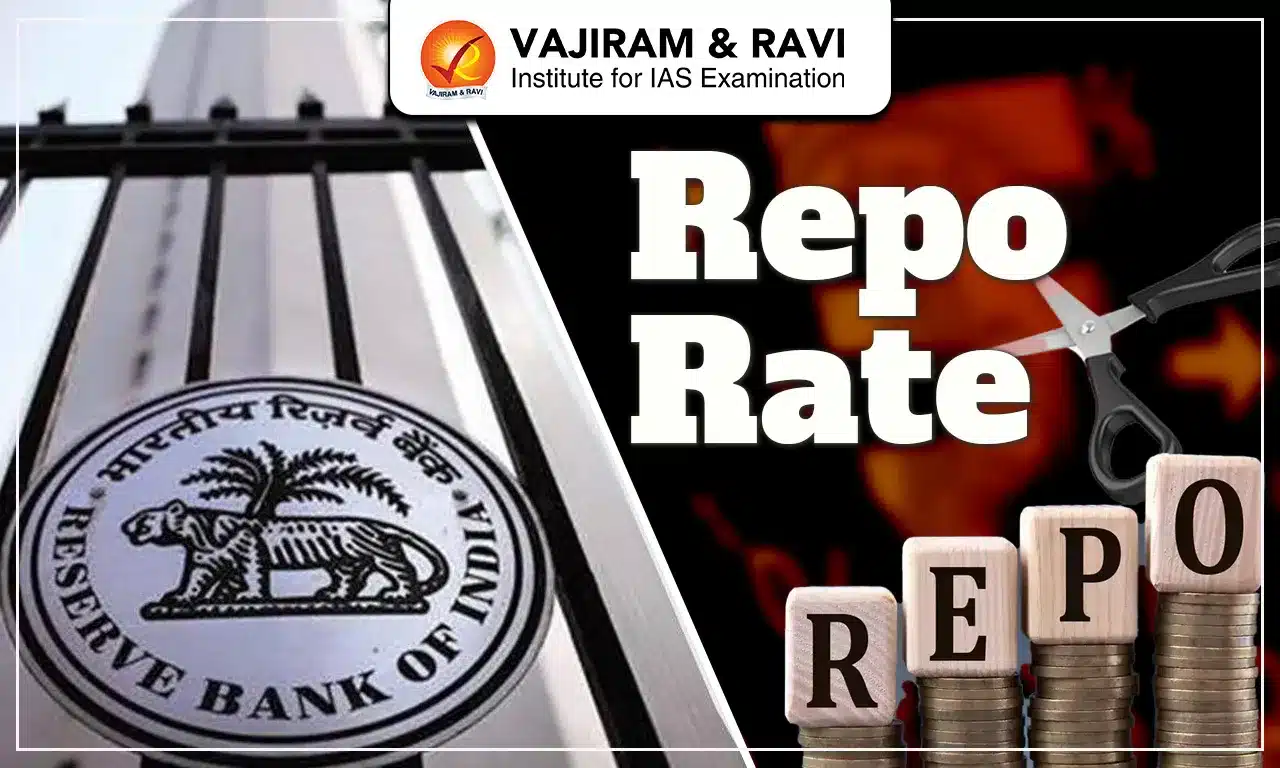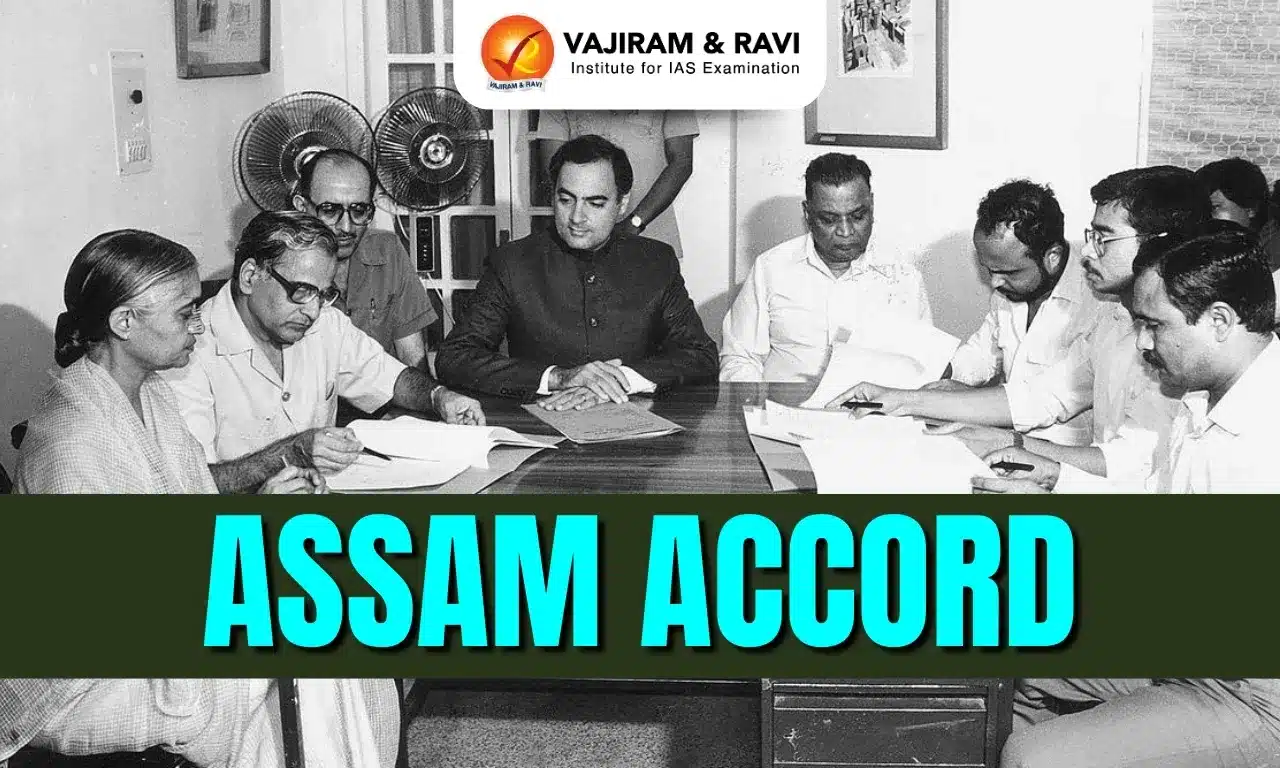About Mushk budiji Rice
- It is an indigenous aromatic rice variety that is usually grown at an altitude ranging from 5000 to 7000 ft above mean sea level in Highland Himalayas.
- It is short, bold aromatic rice grown in the higher reaches of Kashmir valley.
- The cooked rice is unique and possesses a harmonious blend of taste, aroma and rich organoleptic properties.
- It is mainly grown in areas of Sagam, Panzgam and Soaf Shali of district Anantnag and Beerwah belt of district Budgam.
- The consumption of aromatic rice in Kashmir has now been limited to special occasions, marriages, and festivals.
- It has received a Geographical Indication (GI) tag.
Highlights of the study
- Scientists conduct a study of selected locations on the flavour profile of mushk budiji using gas chromatography-mass spectroscopy (GC-MS) and an ‘electronic nose’.”
- Based on these studies, the scientists identified 35 volatile organic compounds (VOCs) in mushk budiji rice samples. Of these, the concentration of aldehydes (molecules containing the functional group -CH=O) ranged from 6.33% to 29.09% and alcohols (-OH) from 0.47% to 30.34%.
- Acetyl-1-pyrroline (2-AP) is a known aromatic compound found in some varieties – but it was present only in mushk budiji samples collected from higher altitudes, particularly in the districts of Budgam and Kupwara.
What is Chromatography-mass spectroscopy?
- It is an analytical method used to reveal the presence of volatile compounds present in organic mixtures extracted from geological, environmental, and biological samples.
Q1) What is a geographical indication?
It is a sign used on products that have a specific geographical origin and possess qualities or a reputation that are due to that origin. Geographical Indications are part of the intellectual property rights that comes under the Paris Convention for the Protection of Industrial Property.
Source: Recipe for unique mushk budiji aroma includes altitude and temperature: study
Last updated on November, 2025
→ Check out the latest UPSC Syllabus 2026 here.
→ Join Vajiram & Ravi’s Interview Guidance Programme for expert help to crack your final UPSC stage.
→ UPSC Mains Result 2025 is now out.
→ UPSC Notification 2026 is scheduled to be released on January 14, 2026.
→ UPSC Calendar 2026 is released on 15th May, 2025.
→ The UPSC Vacancy 2025 were released 1129, out of which 979 were for UPSC CSE and remaining 150 are for UPSC IFoS.
→ UPSC Prelims 2026 will be conducted on 24th May, 2026 & UPSC Mains 2026 will be conducted on 21st August 2026.
→ The UPSC Selection Process is of 3 stages-Prelims, Mains and Interview.
→ UPSC Result 2024 is released with latest UPSC Marksheet 2024. Check Now!
→ UPSC Prelims Result 2025 is out now for the CSE held on 25 May 2025.
→ UPSC Toppers List 2024 is released now. Shakti Dubey is UPSC AIR 1 2024 Topper.
→ UPSC Prelims Question Paper 2025 and Unofficial Prelims Answer Key 2025 are available now.
→ UPSC Mains Question Paper 2025 is out for Essay, GS 1, 2, 3 & GS 4.
→ UPSC Mains Indian Language Question Paper 2025 is now out.
→ UPSC Mains Optional Question Paper 2025 is now out.
→ Also check Best IAS Coaching in Delhi

















